Contents
Needed for this class
- Camera or cameraphone
- Light source: a window or a desk lamp
- two small objects that represent opposites
Bey and Weems
How does each photographer use the frame in these examples?
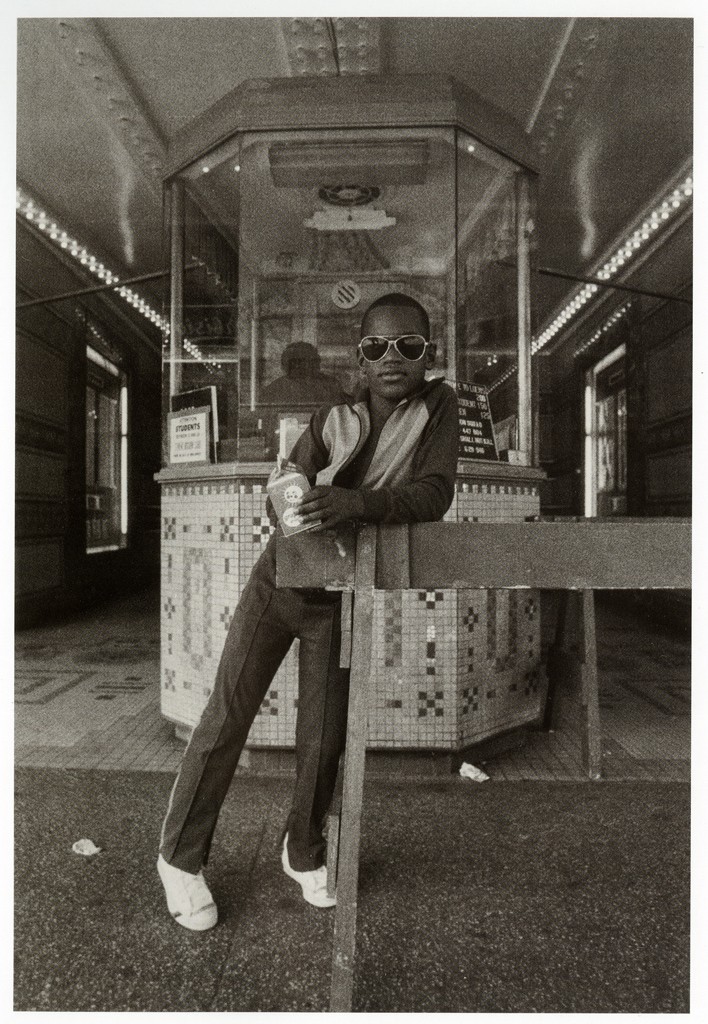
Dawoud Bey, A Boy in Front of the Loews 125th Street Movie Theater, 1976 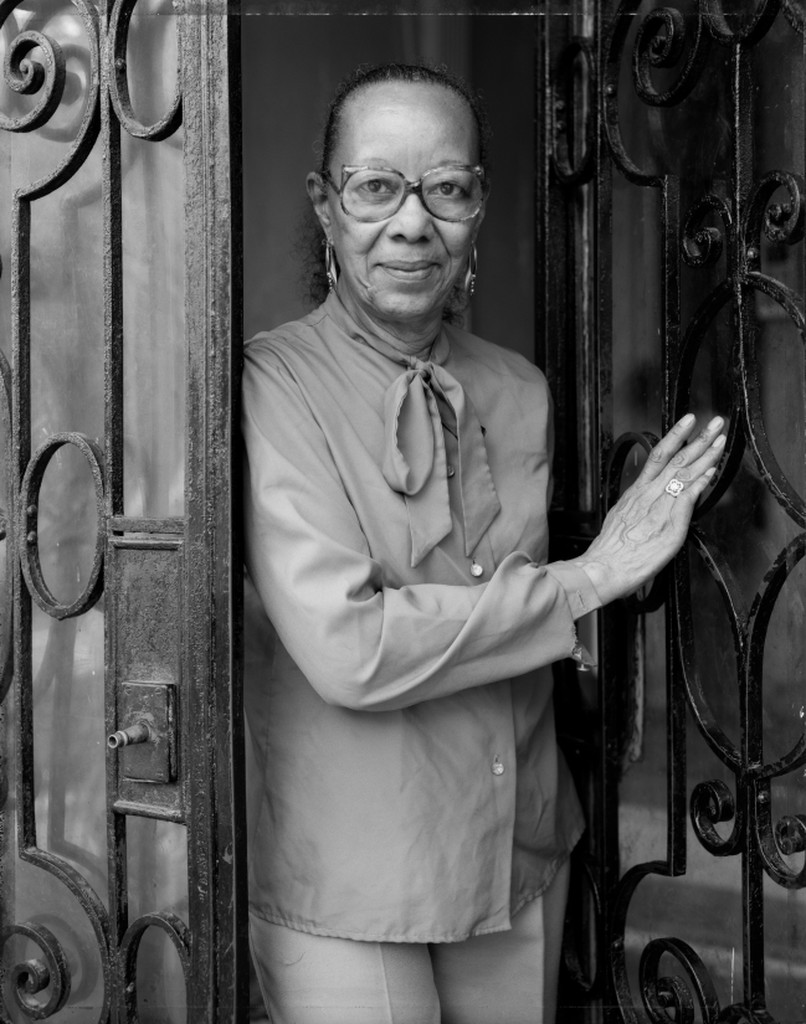
Dawoud Bey, Mrs. Bracey, 1989 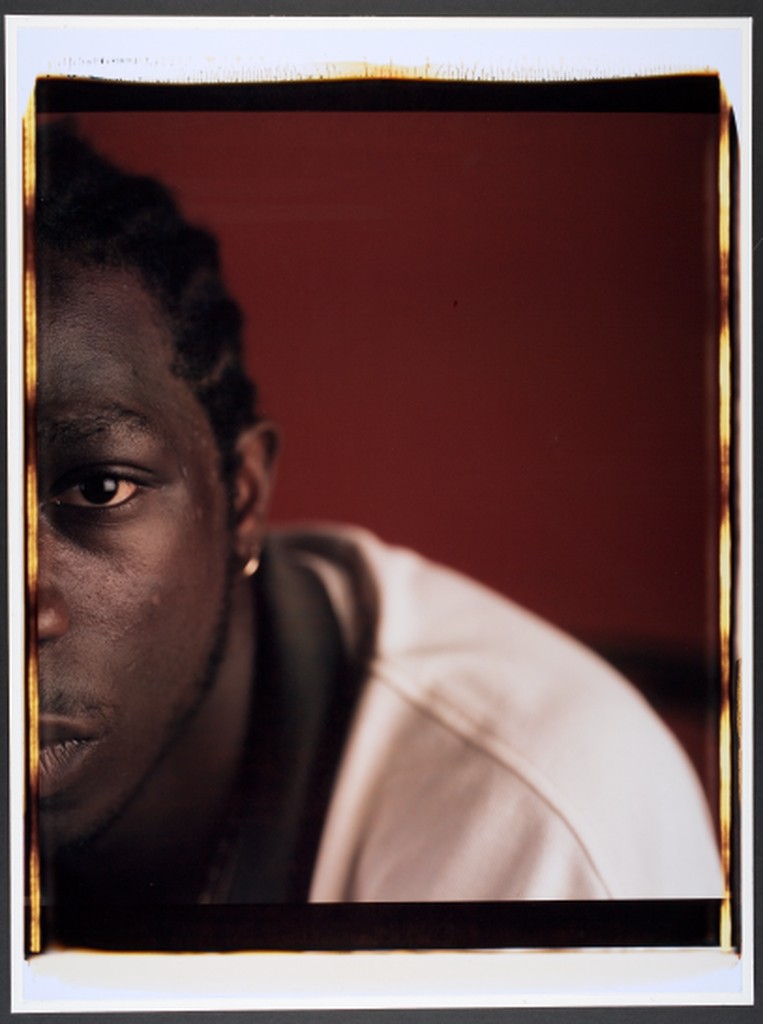
Dawoud Bey, Asa, 1996 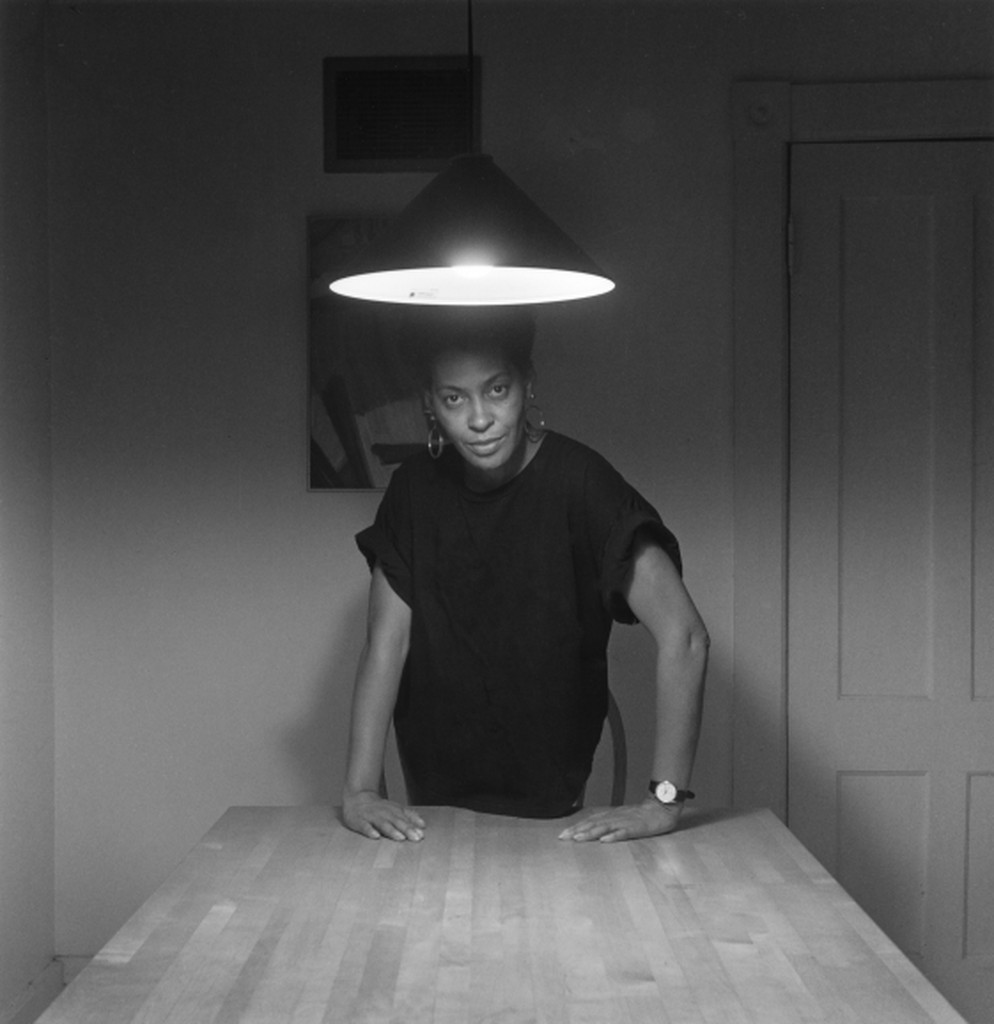
Carrie Mae Weems, Untitled (Woman Standing), 1990 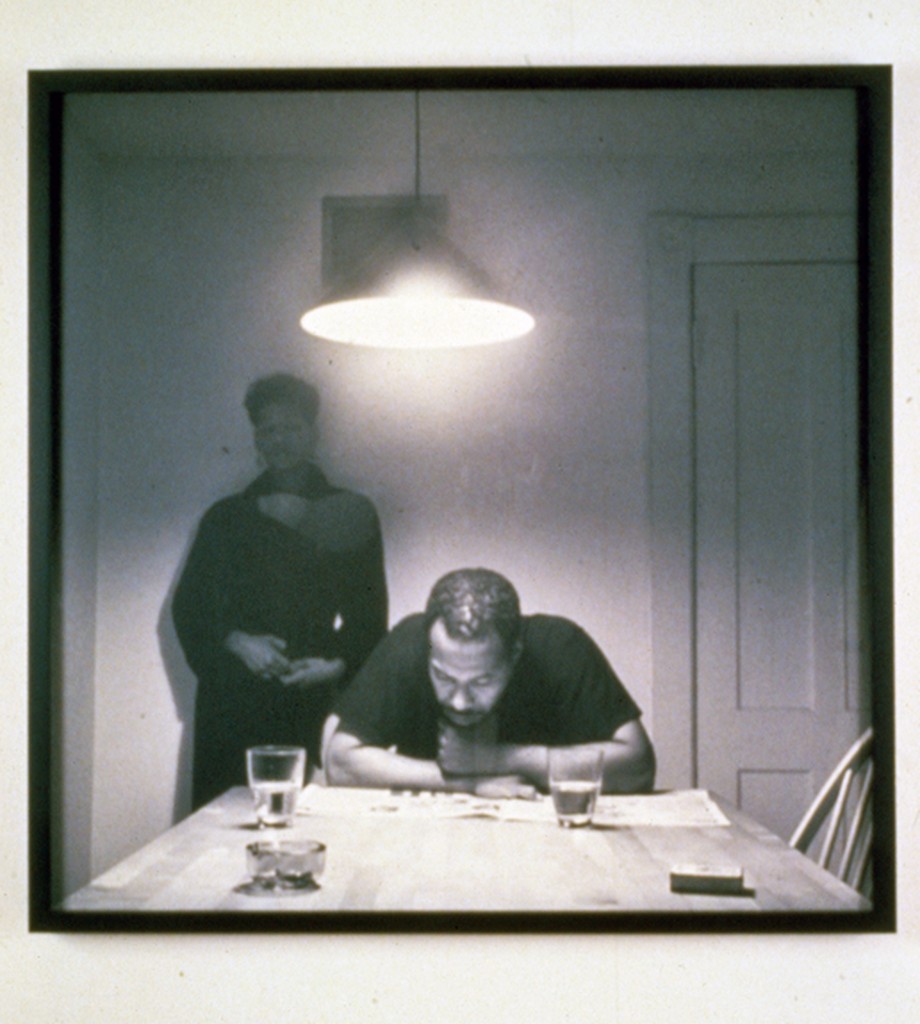
Carrie Mae Weems, Untitled, 1990 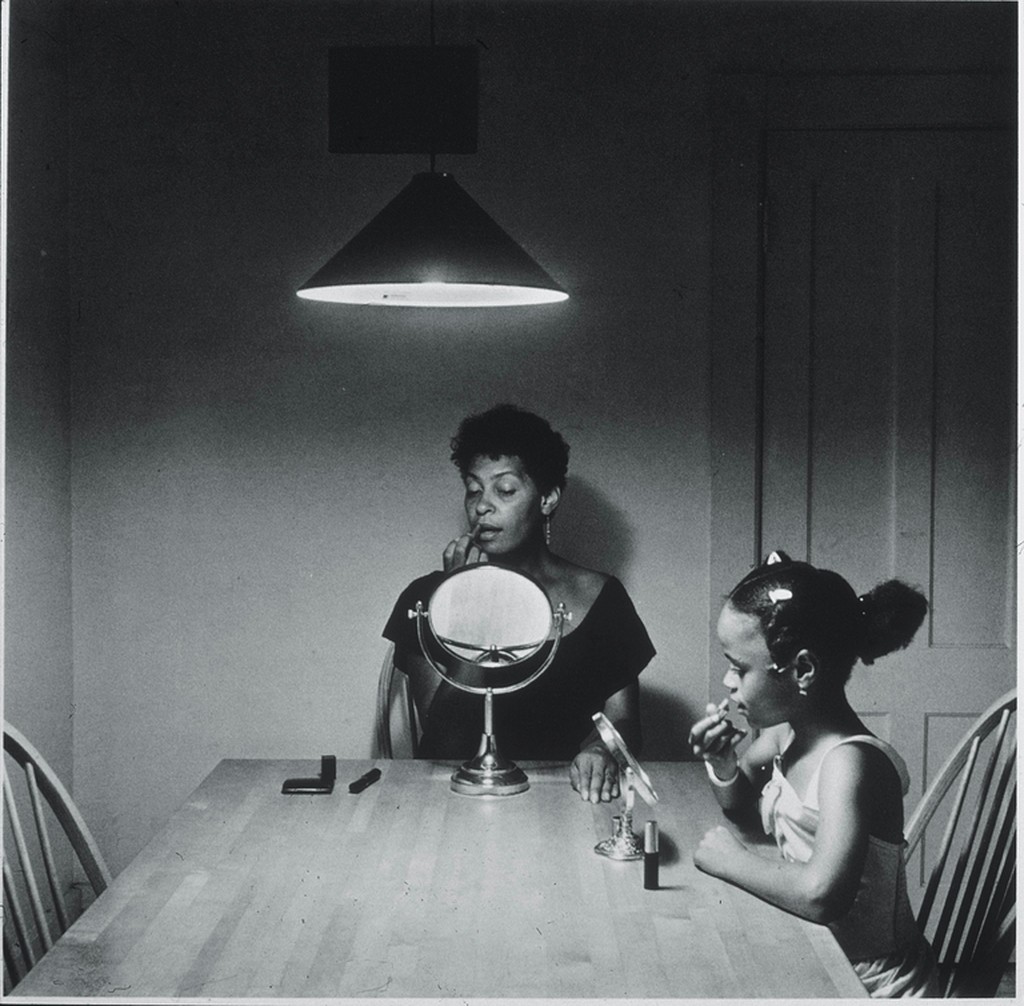
Carrie Mae Weems, Untitled, 1990
Thinking about the Frame
Framing: How the frame brings together the elements inside the rectangle juxtaposing them, creating relationships between them

Photographer: Margaret Bourke-White
Types of shots: how much information is in the frame
- a long shot
- a medium shot
- a close up
- an extreme close up.
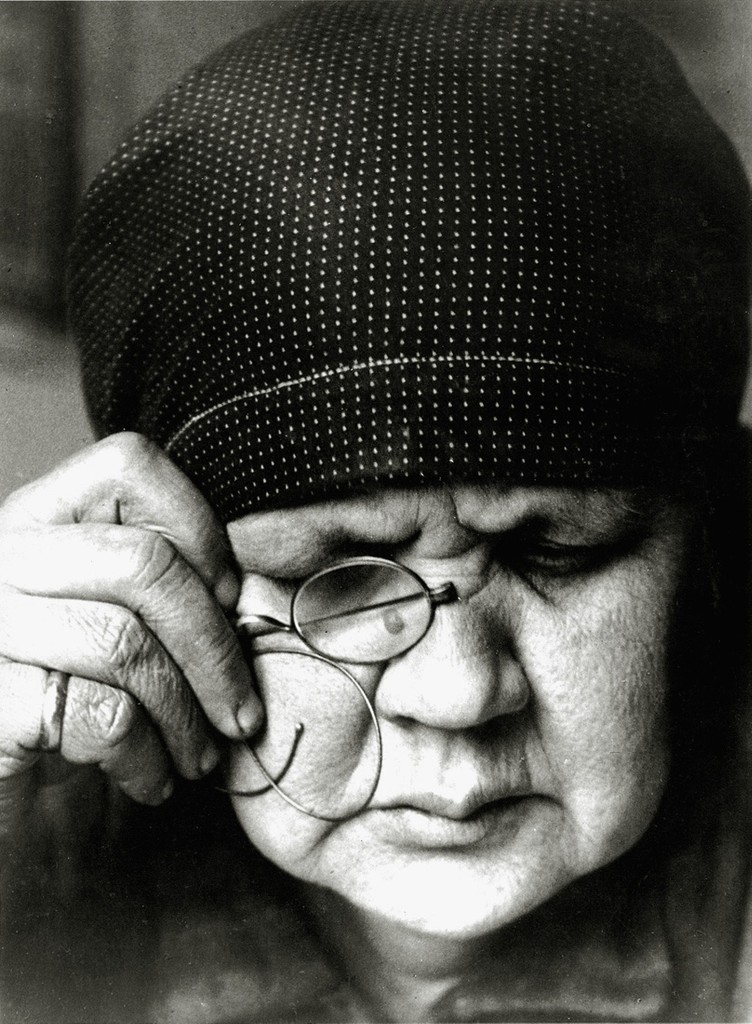
Alexander Rodchenko, Portrait of his mother, Olga, , 1926 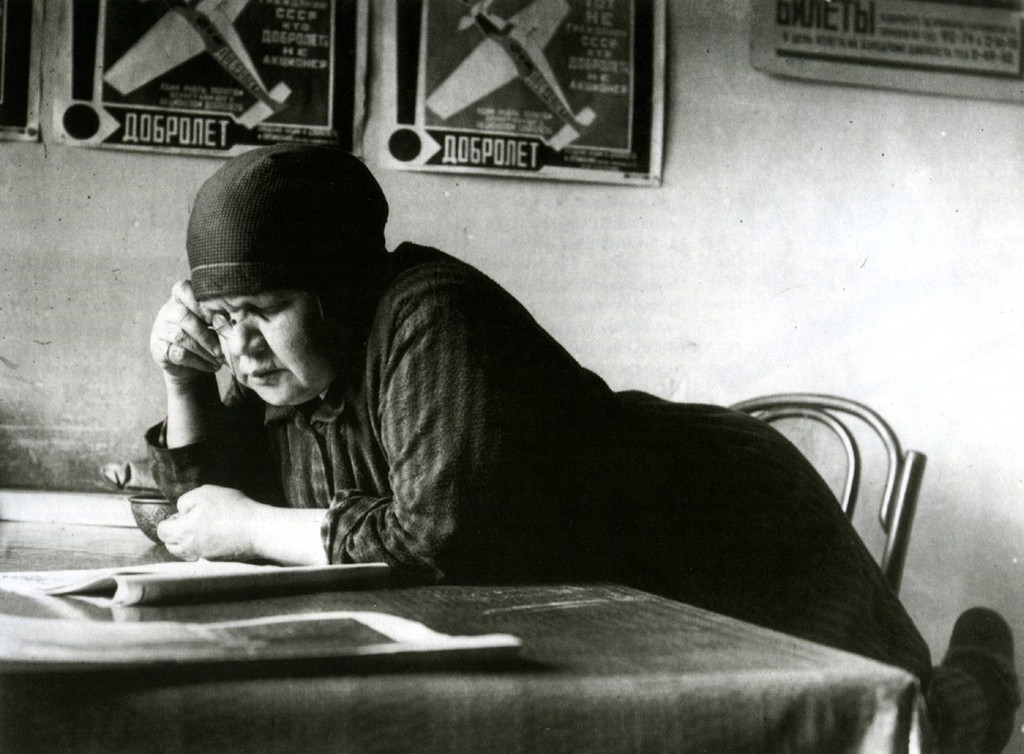
Alexander Rodchenko, Portrait of his mother, Olga,side view, 1926
Frame within a frame – use elements in the frame to enclose the main subject and draw attention to it. A frame within a frame can be a window or door or it can be items in the foreground such as branches.
Angle of View: describes the camera position in relationship to the subject. The angle of view may be:
- a worm’s-eye view
- a low-angle
- eye-level
- a high-angle
- a bird’s-eye or aerial or overhead view
- an oblique angle.
Rule of Thirds – Instead of placing the main subject in the center of the frame, divide the frame into thirds horizontally and vertically and place the main subject at one of these intersections.
Fill the Frame – (get closer) – do not leave empty areas that do not add to the composition and plan to crop in later.
Angle of View Examples By Alexander Rodchenko

Fire Escape, from the series Building on Miasnitskaia Street, 1926 
Pioneer Girl, 1930 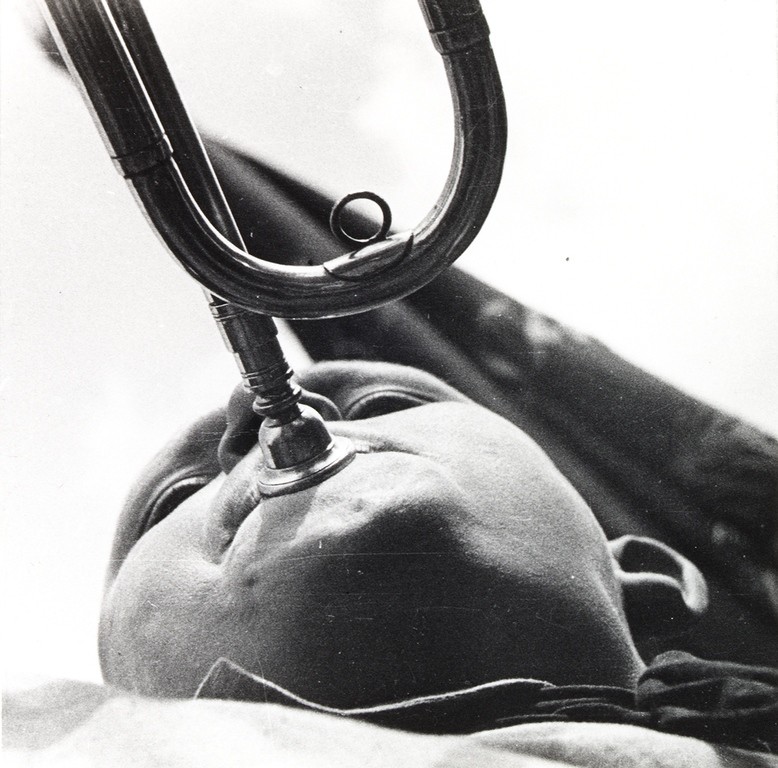
Pioneer, 1930 
City Street, Moscow, 1927 
Courier Girl, 1928 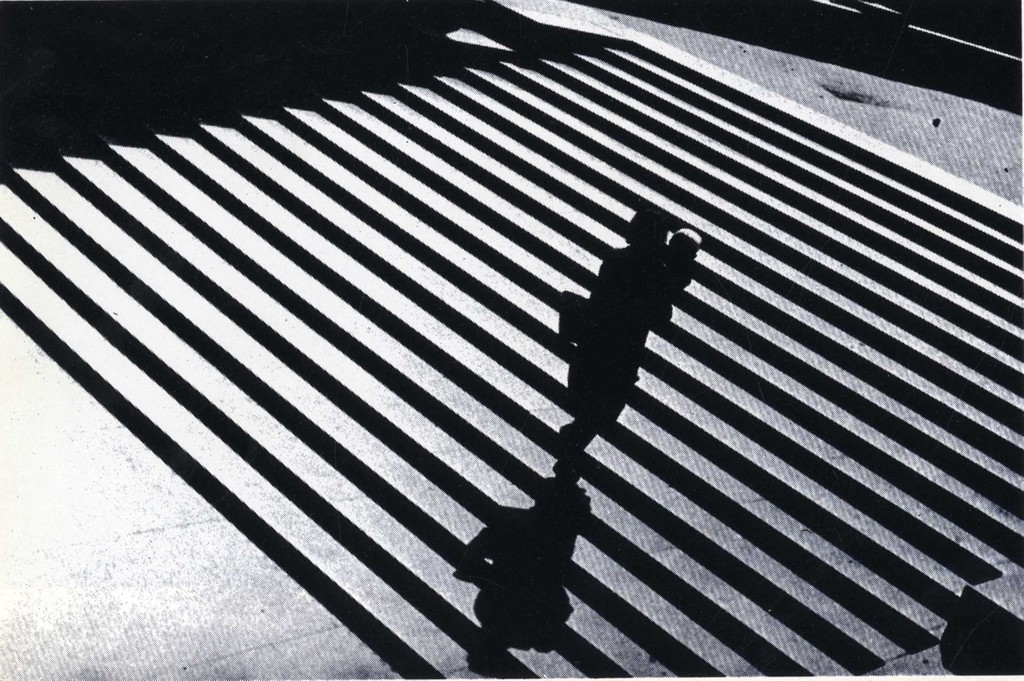
Steps, 1930 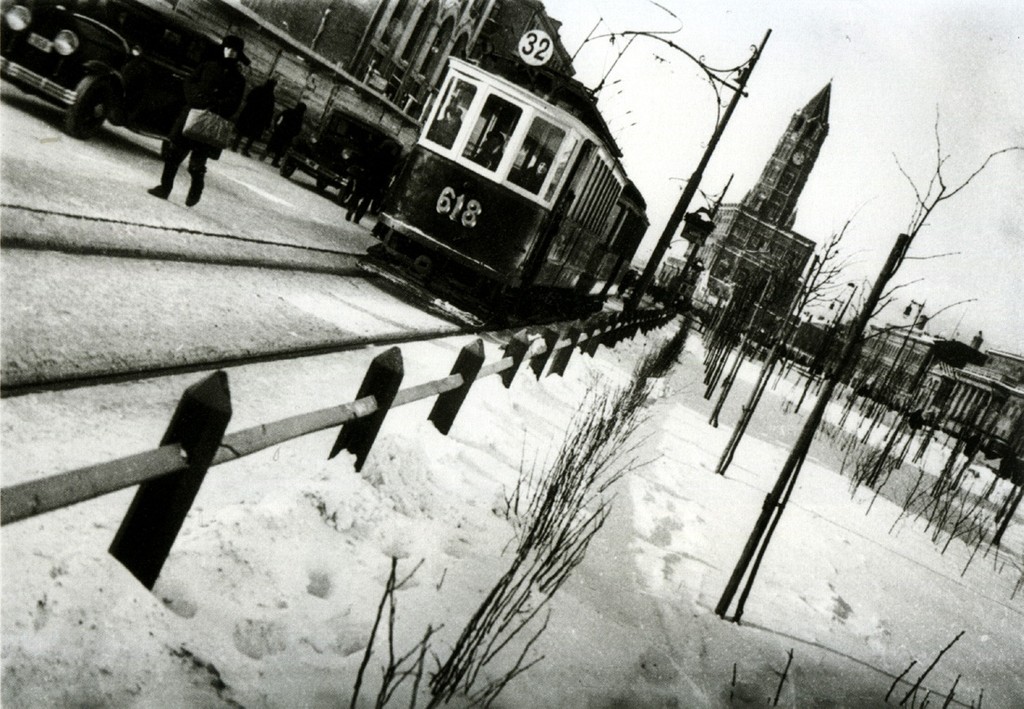
Tram on SukharevskyBoulevard, 1928 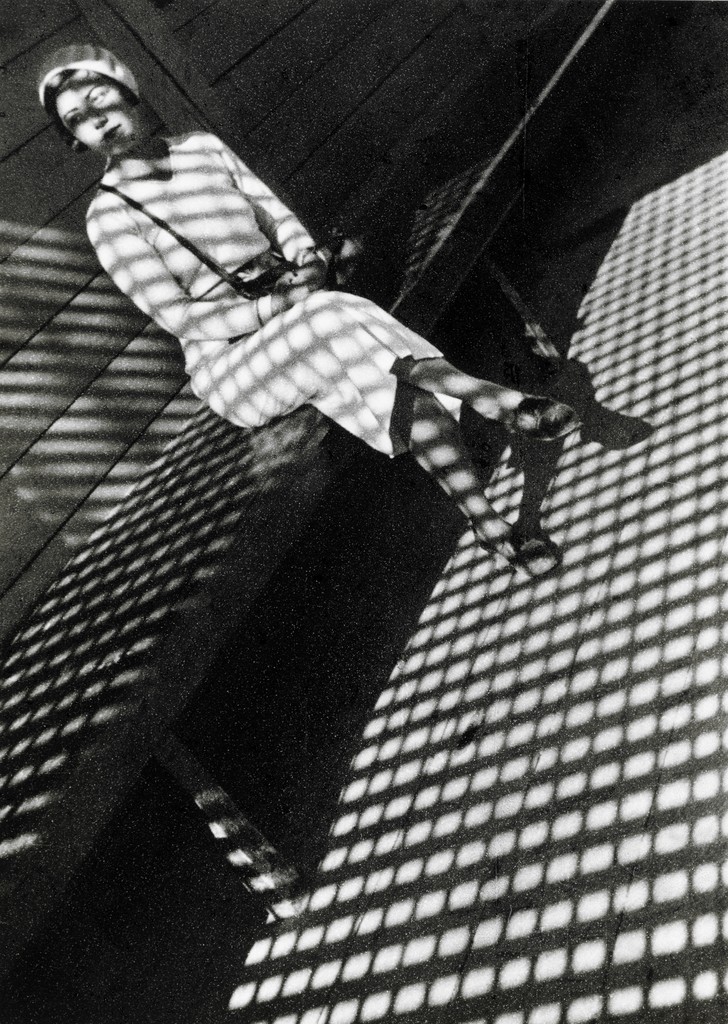
Girl with Leica, 1934
Resources
Joel Meyerowitz on the frame
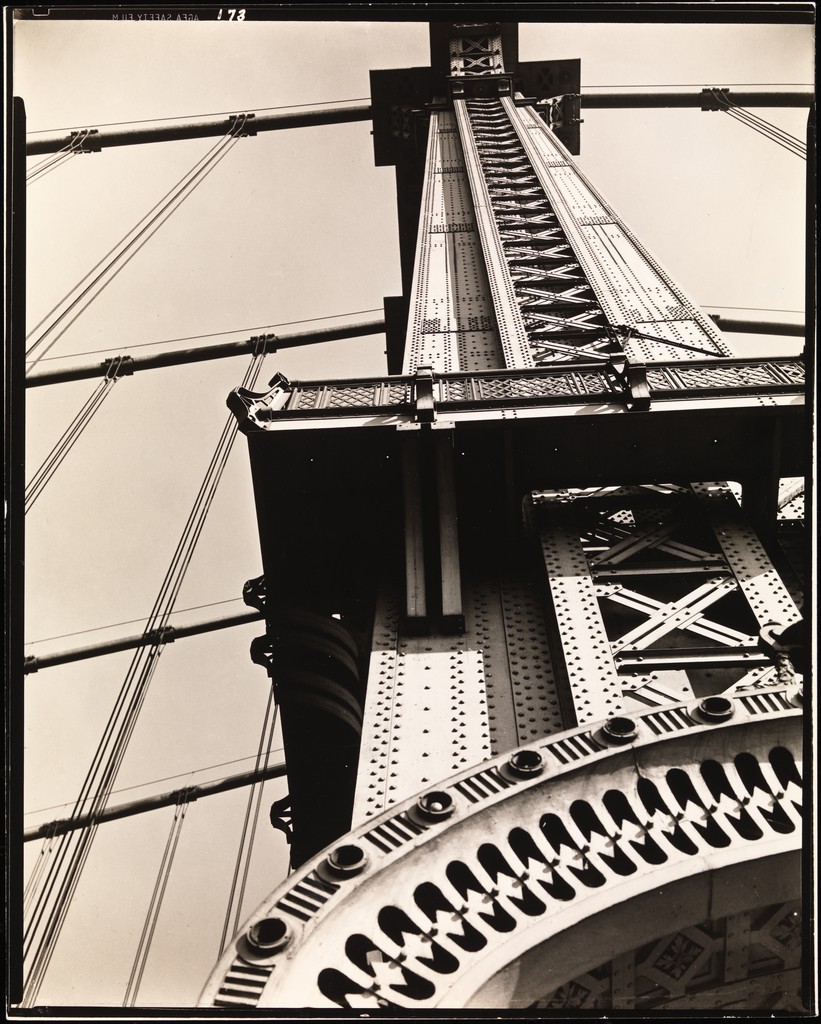
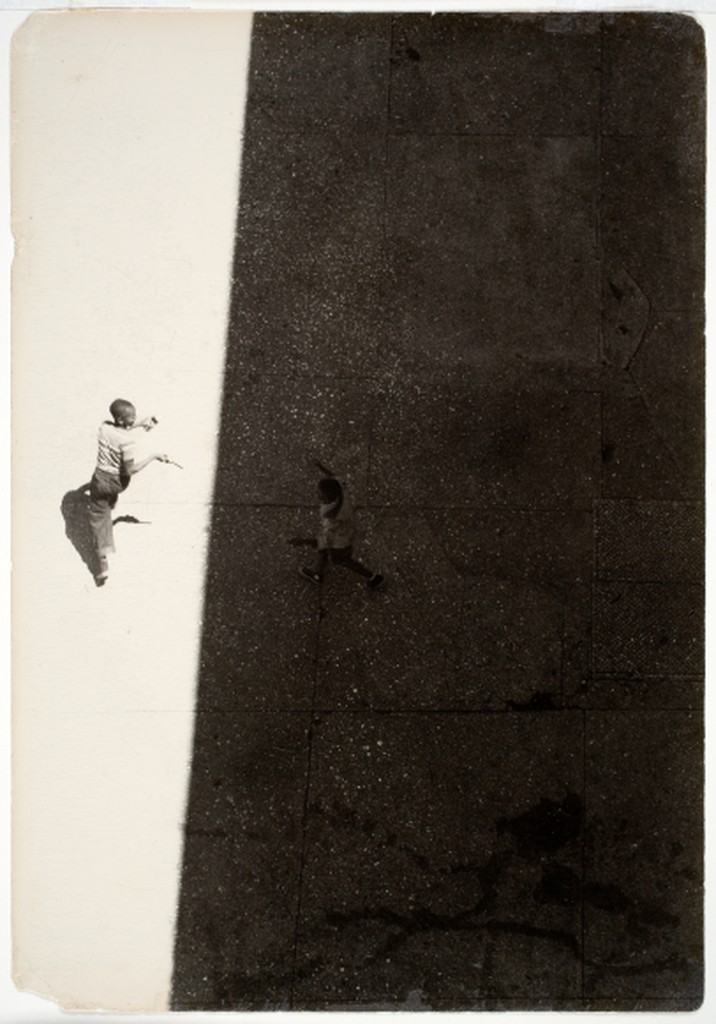




Leave a Reply